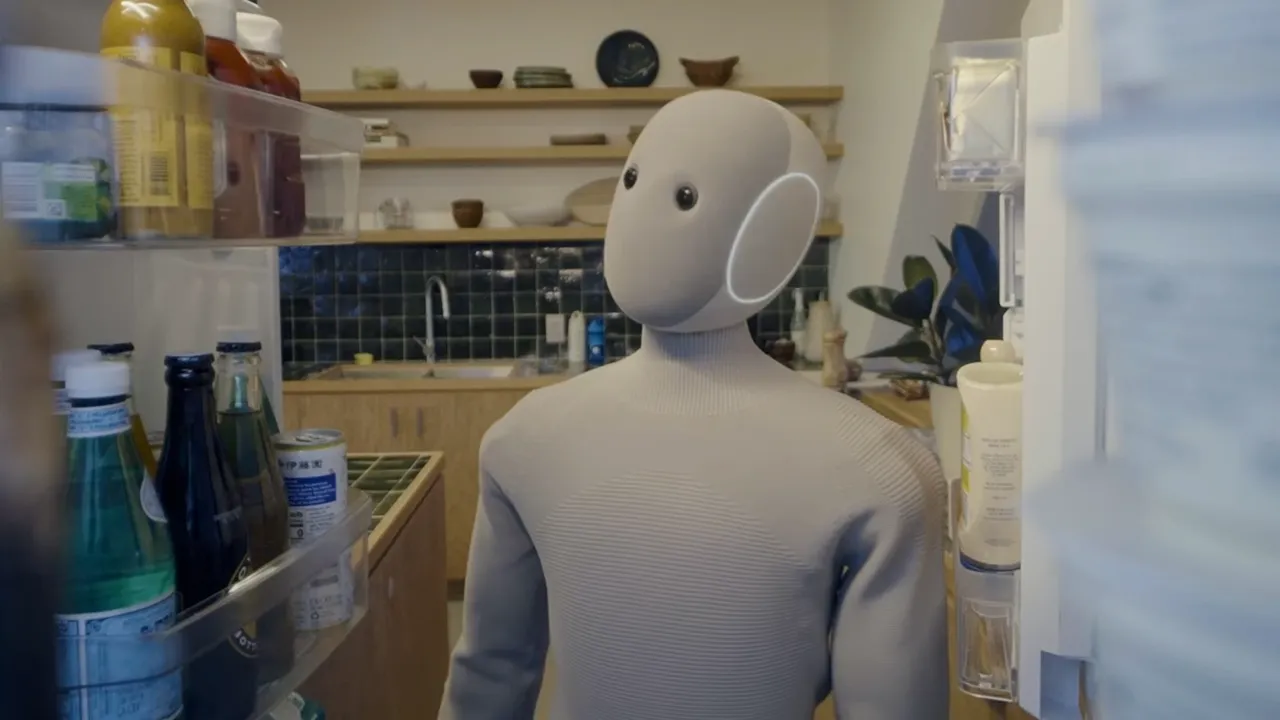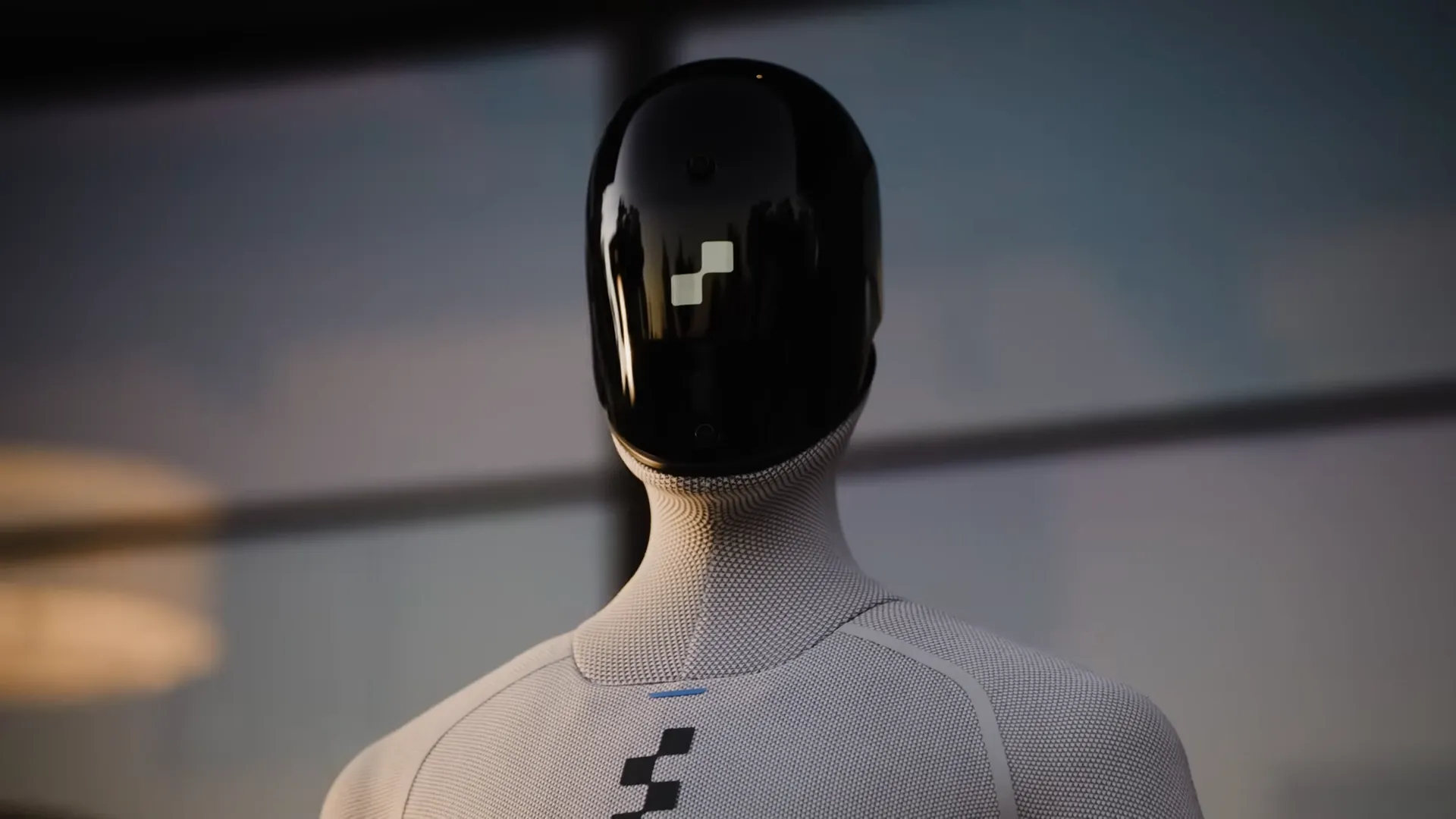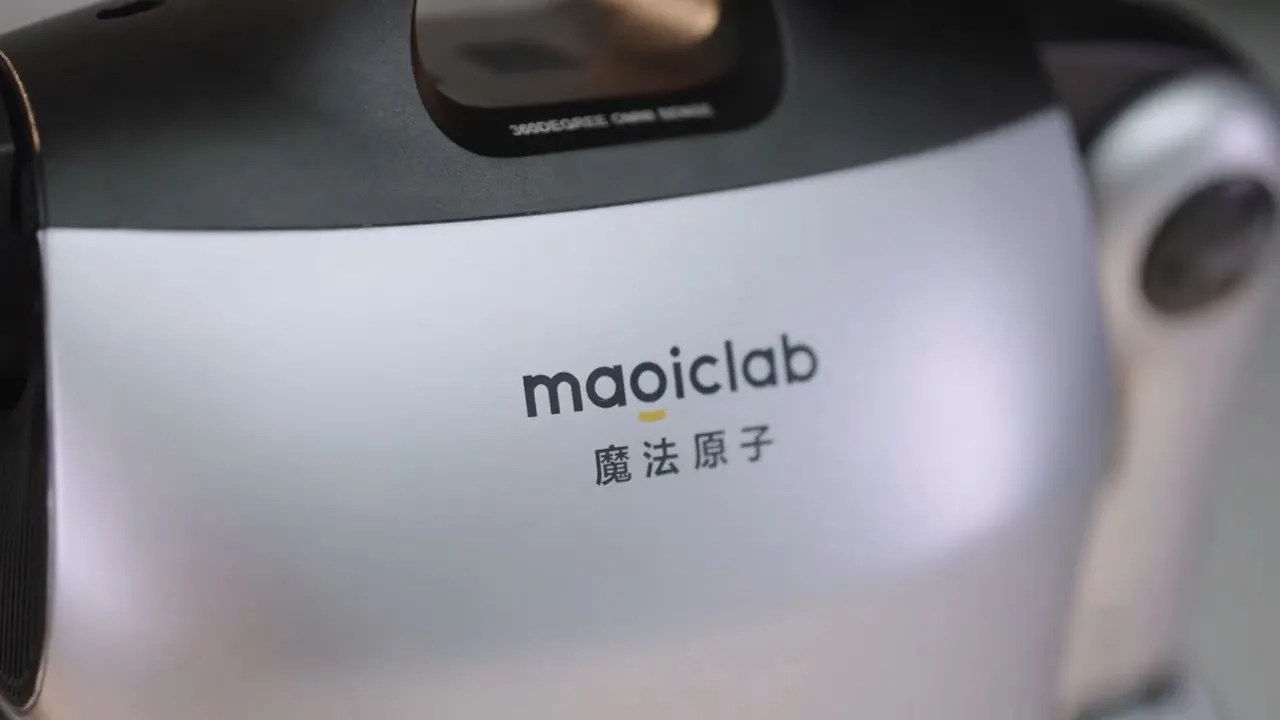
In a striking leap forward for humanoid robotics, China’s MagicLab has unveiled its latest marvel: MagicBot Z1. Building on the foundation laid by its predecessor, the MagicBot Gen 1, the Z1 is designed to push the boundaries of agility, intelligence, and real-world application. With a sleek, human-like form and cutting-edge technology, MagicBot Z1 is poised to redefine what humanoid robots can achieve across industries—from manufacturing and logistics to home assistance and entertainment.
From Gen 1 to Z1: Evolution in Design and Capability

The original MagicBot Gen 1 introduced the world to a robust humanoid platform featuring 42 degrees of freedom and a sturdy aluminum alloy frame. It impressed with its ability to carry heavy loads (up to 40 kg total) and navigate complex terrains using a combination of ultrasonic sensors, LiDAR, and RGBD cameras. However, while capable, Gen 1 was primarily focused on industrial applications, with a relatively mechanical interface and limited emotional interaction.
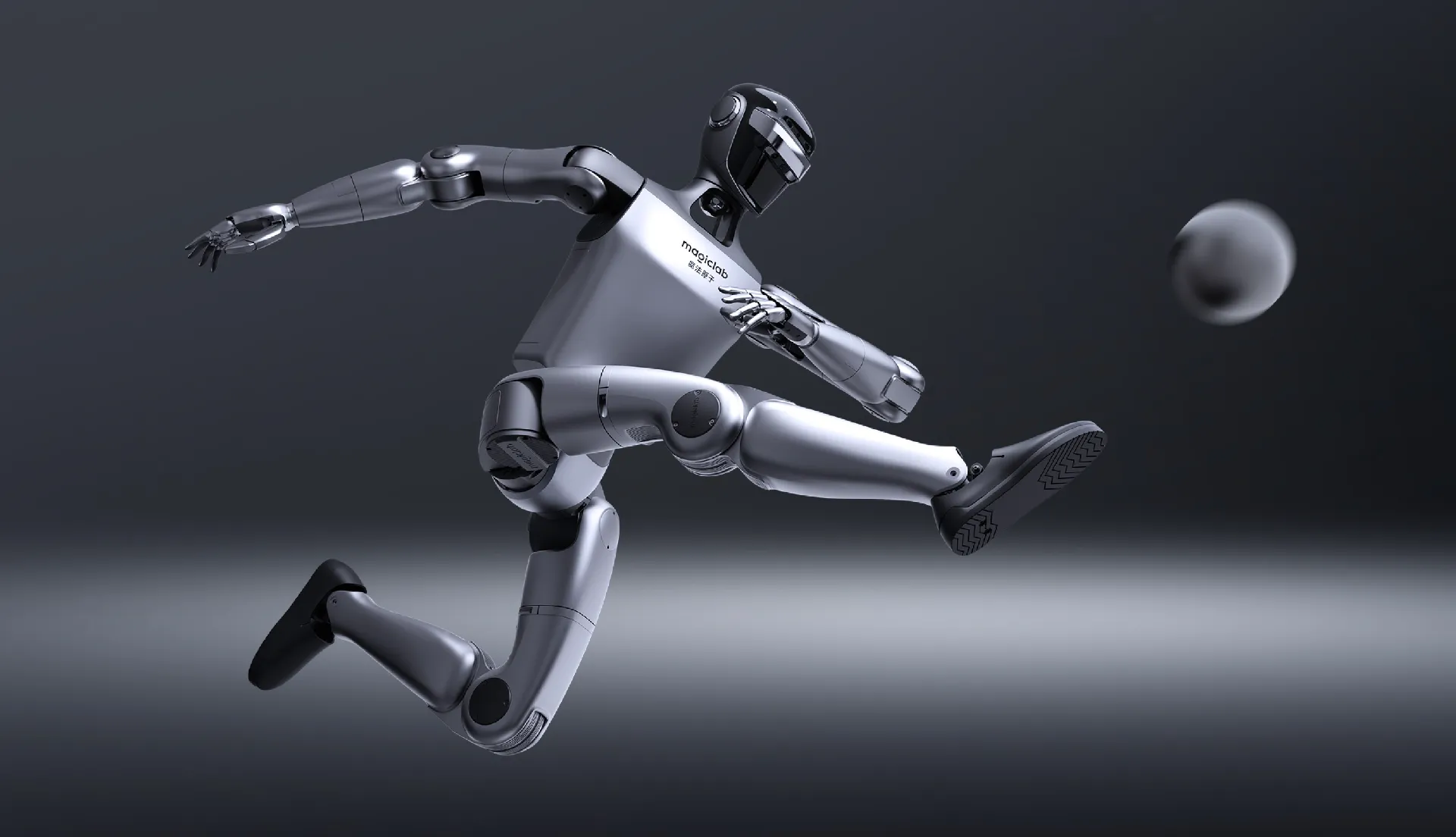
MagicBot Z1, by contrast, represents a significant evolution. It boasts up to 49 degrees of freedom, allowing for more fluid and human-like movements. The robot’s joints deliver over 130 Newton meters of torque, enabling explosive dynamic actions such as rapid recovery from falls and complex bending maneuvers. Its range of motion extends to 320°, supporting a wider variety of tasks.
Physically, Z1 retains a lightweight yet durable build, crafted from high-strength aluminum alloy and engineering plastics optimized through topological design. This makes it resistant to wear, impact, and heat, with advanced thermal simulation ensuring stable operation during extended use.
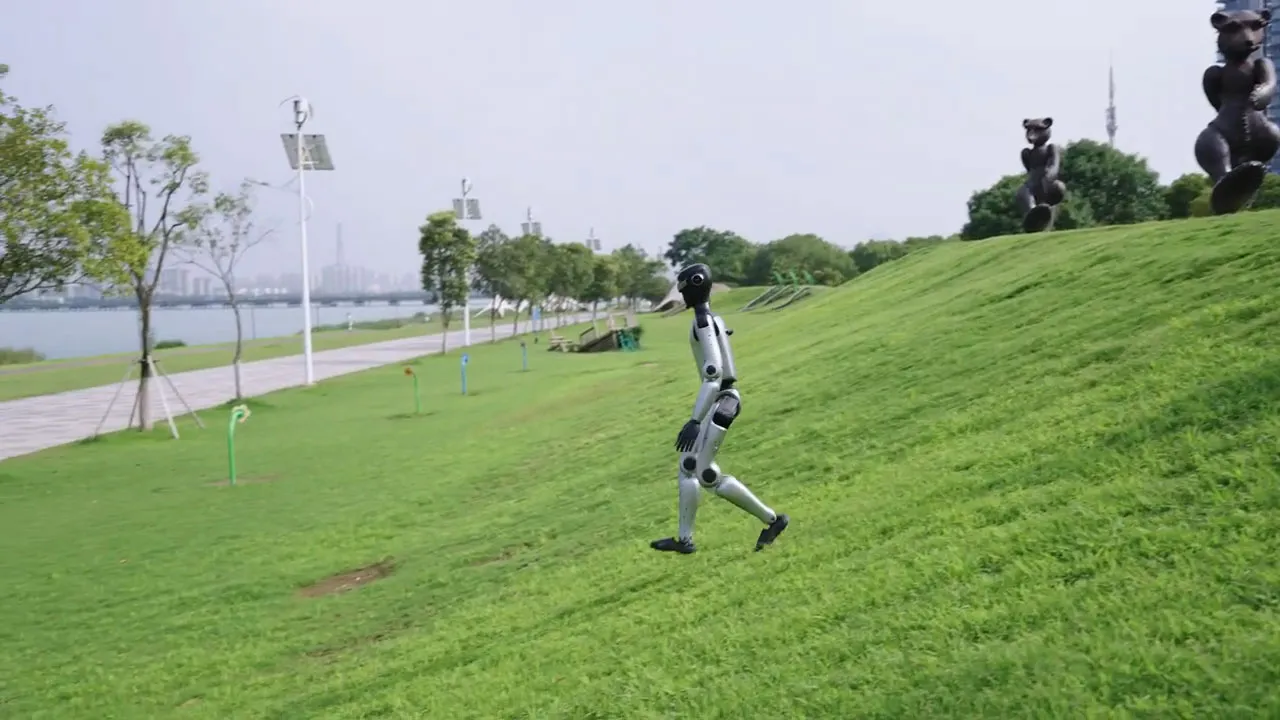
Advanced Backend Software and Sensor Suit
MagicBot Z1’s brain is as impressive as its body. It integrates a sophisticated Magic Atom positioning and navigation system, combining 3D laser radar (LiDAR), depth cameras, and binocular cameras to perceive and map complex environments in real time. This sensor fusion enables autonomous navigation and obstacle avoidance even in cluttered or dynamic settings.
The robot’s control system features a high-performance joint module with self-developed actuators and dual-encoder feedback, ensuring precise, smooth, and responsive motion. The onboard AI supports real-time terrain adaptability, allowing Z1 to move confidently across flat surfaces, gravel, grass, and stairs.
Moreover, MagicLab has prioritized multimodal human-robot interaction. Z1 responds to voice commands, gestures, and even gentle touches—such as tapping its head to initiate conversation. It can perform anthropomorphic gestures like turning its head or waving, adding emotional warmth to its presence and moving beyond the cold, mechanical stereotype of robots.
What Can MagicBot Z1 Do?
MagicBot Z1 is designed as a general-purpose humanoid robot capable of a wide range of tasks:
- Industrial and Manufacturing: Assembly, quality inspection, material handling, and multi-robot collaboration on production lines.
- Logistics and Warehousing: Autonomous navigation for inventory management, order picking, and package sorting.
- Home and Healthcare: Assisting with household chores, mobility support for the elderly or disabled, and companionship.
- Entertainment and Public Engagement: Interactive performances, exhibitions, and customer service roles.
The robot’s modular design allows users to customize it with additional dexterous hands, enhanced computing modules, and expanded degrees of freedom, tailoring it for specific industry needs.
Technological Achievements in Z1’s Development
MagicBot Z1’s development showcases several key technological breakthroughs:
- High-Torque, High-Degree-of-Freedom Joints: Delivering powerful, precise movements with durability against shocks and falls.
- Thermal Management: Optimized airflow and heat dissipation to maintain performance during long operations.
- Advanced Sensor Fusion: Combining LiDAR, depth, and binocular cameras for rich environmental perception.
- AI-Driven Motion Control: Self-learning algorithms that optimize walking posture and adapt to varied terrains.
- Emotional Interaction: Multi-modal interfaces that enable natural, warm human-robot engagement.
Public Reception: Enthusiasm and Curiosity
The unveiling of MagicBot Z1 has sparked excitement across social media platforms, especially on Chinese tech communities like Bilibili and Xiaohongshu (Rednote). Users praise its sleek design and lifelike movements, with many impressed by its ability to recover from falls and navigate complex terrain.
Comments such as “Finally, a robot that moves like a real person!” and “The emotional interaction makes it feel less like a machine and more like a companion” are common. Some users express curiosity about its practical applications, wondering how soon such robots will be affordable and integrated into daily life.
A few voices raise questions about the robot’s long-term reliability and how intuitive the human-robot interaction will be in real-world scenarios. However, the overall sentiment is optimistic, viewing MagicBot Z1 as a promising step toward widespread humanoid robotics adoption.
Conclusion
MagicLab’s MagicBot Z1 is more than just an upgrade—it’s a bold reimagining of humanoid robotics that blends power, precision, and personality. With its advanced hardware, intelligent software, and versatile applications, Z1 stands ready to impact industries ranging from manufacturing and logistics to healthcare and home assistance.
As MagicLab continues to refine and expand its capabilities, MagicBot Z1 may well become a familiar presence—working alongside humans, enhancing productivity, and bringing robots closer to everyday life than ever before.




